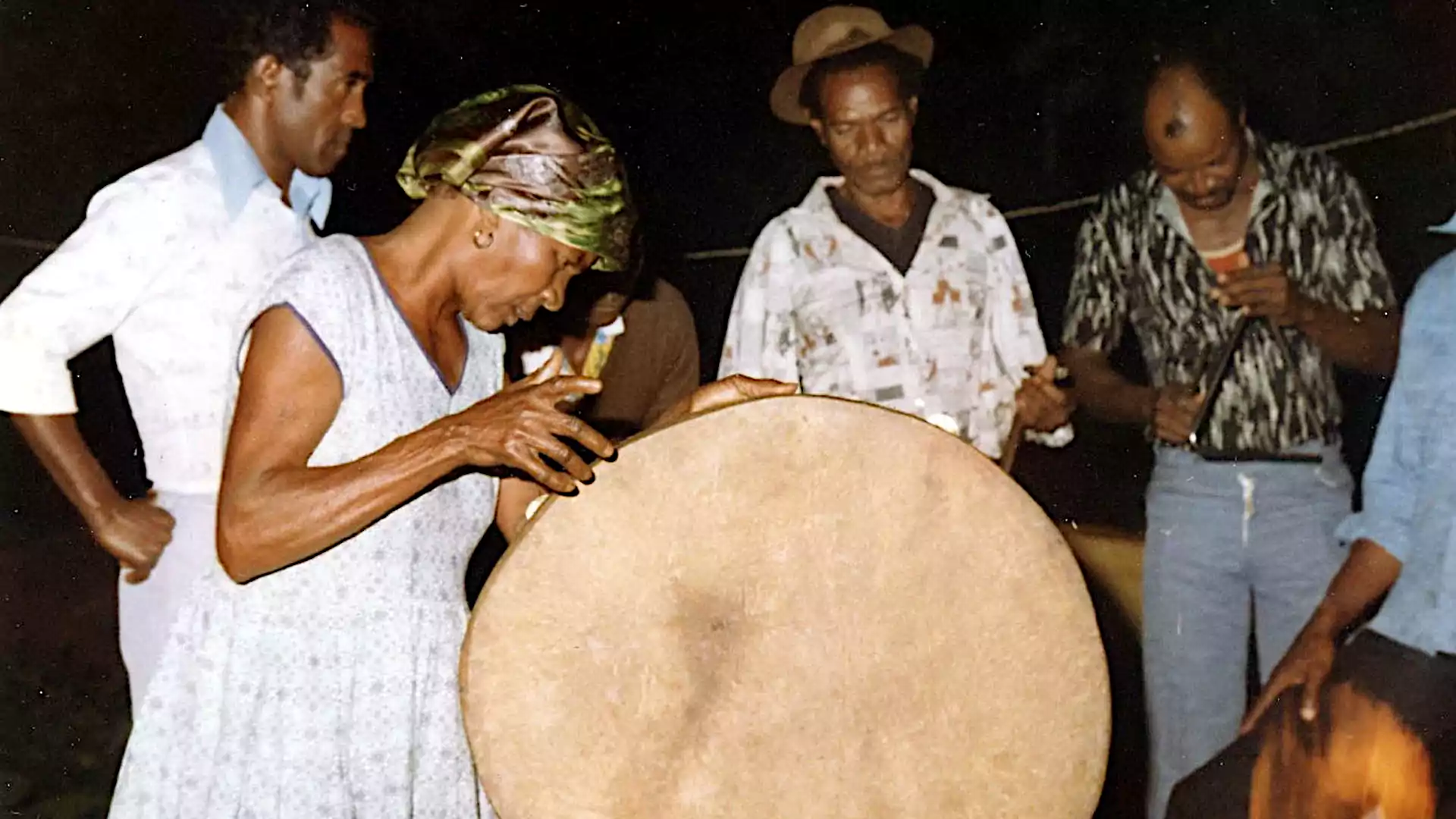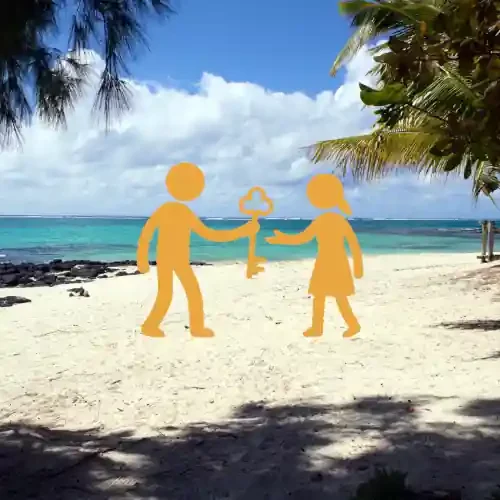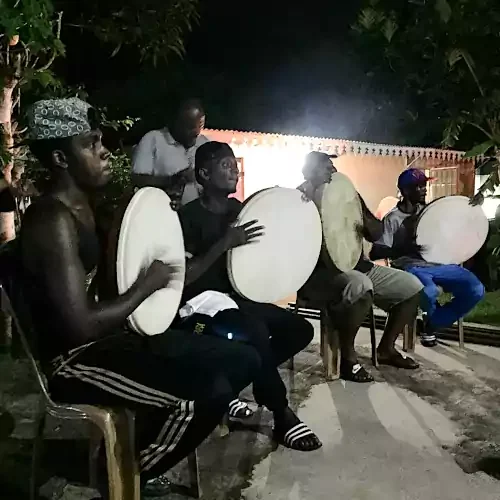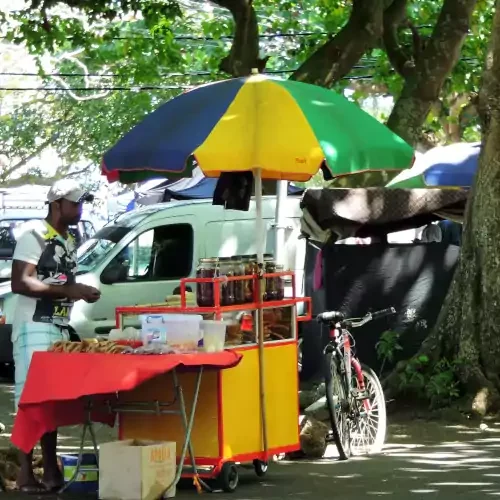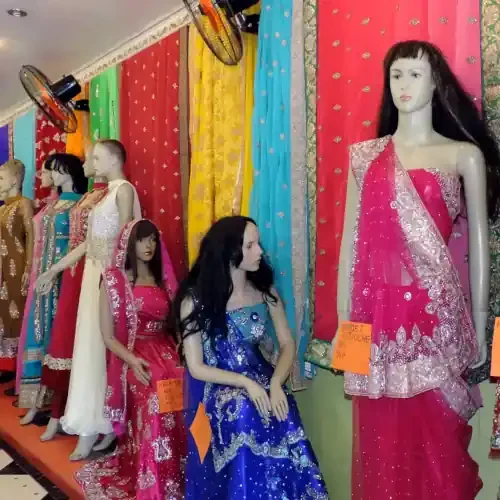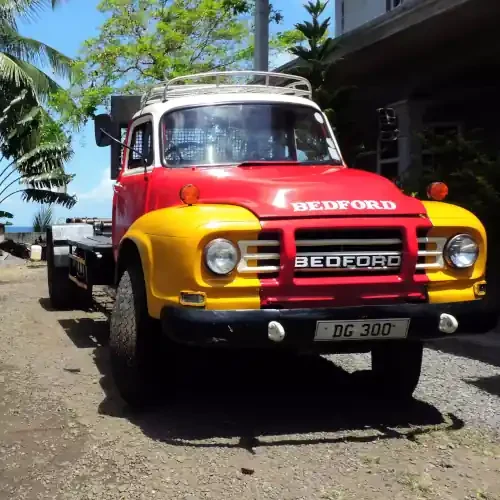Mauritian music reflects, fairly faithfully, its societal make-up; that is, drawn from three continents, steeped in conservatism and very little cross-breeding or fusion.
Mauritius has musicians from all the genres from which its population is drawn. Classical and contemporary music from India, – few – European classical musicians, some gems in the field of Jazz and Blues, Rock, Pop, French chansons, some composers in electronic music and of course, Sega. Sega is clearly clearly of African origin with the merit of having evolved into a genre “endemic” to the Mascarene Islands, recognisable by its ternary 6/8 rhythm, which characterises, not only the Sega Tipik of Mauritius but also the Sega Tambour from Rodrigues and the Chagos, as well as the Maloya from Reunion island and the Moutia from Seychelles. The first three being listed as intangible cultural heritage of humanity by UNESCO.
The French, the first to settle permanently on the island at the beginning of the 18th century, landed with their string and wind instruments, while the slaves “imported” from Madagascar and Africa did not have this privilege and had to re-make their instruments, in particular the bobr, small percussion instruments and the ravanne. Thus, the three families of instruments were found on the island, but not in harmony.
While pianos, harpsichords, violins or accordions, to the tune of waltzes, polkas and popular songs, enlivened the balls, lazarettes and brothels at the far-end of plantations, and later on the lost beaches, the slaves found, in the trance induced by the repetitive drumming of the ravanne, appeasement, ecstasy as well as a social and sensual connection. The liberating therapies of the Sega sessions became a tradition and an emblem of the black condition in Mauritius.
There is a certain parallel between Sega and Flamenco. Both are “Folk” musics in the pure sense of the word from dominated peoples, in danger of losing their identity. Originally, both are minimalist and express the complaints and sufferings of these peoples, then evolved into much more cheerful and charged rhythms. The lyrics of popular Sega from the 1960s to the 1980s were mostly humorous with obvious double meanings of sexual expression.
The ravanne was and remains the central instrument of the Sega. It is similar to many of the light drums found around the world. Unlike the classical African percussions such as the djembe and kongas, which are deeper than they are wide, the ravanne forms a larger circle, 30 to 40 centimetres wide and is shallow, similar to those found in North Africa, South America and even Australia. Traditionally, it is made of goat skin, which must be preheated at the beginning and during the sessions so that it remains well-stretched. Its particularity is that mini metal cymbals (often coins) are added in pairs in a triangle. It is from this dual sound, accompanied by the maravanne and the triangle, that the rhythm of the Sega Tipik of Mauritius was born.
The Sega must certainly have evolved during the 19th century but there is no way of tracing this evolution. On the other hand, the accordion became almost an essential part of the Sega Tipik of the 20th century and from the 1950s onwards, with the arrival of electric instruments, the evolution is obvious, even if the typical Sega survives in parallel, with notably the emblematic “Ti Frer” (1900 – 1992) and Michel Legris (1932 – 2015), to name but those two.
While the electric guitars were initially confined to a funk rhythm and the drums reinforced but never detracted the ravanne, the keyboard replaced the accordion. The first recording studios appeared, of which the emblematic Capricorn Records and its first vinyl singles (1960s), followed by cassettes (1970s).
It is the electrified sega that will experience a period of Soul influence; this trend has a name: “Soul Sok Sega”. It then merged with Indian music, through the adoption of its instruments: Sitar, Tampoura, tabla and other small percussion instruments, which gave rise to the ‘committed song’ of the ’70s and ’80s. It was no longer (only) a question of emancipation but also of the struggle of the working class, supported by an unprecedented trade union and political movement. Emblems of this movement made themselves known by their presence on the stages during political meetings where they acted as crowd-warmers. These include the Grup Latanier (Ram & Nitish Joganah, Zul Ramiah), Bam Cutayen and Siven Chinien. The throbbing vibratos of Indian accents accompanied by sharp, jerky African rhythms remain to this day the richest and most unusual fusion in Mauritian musical heritage.
95% of the Sega is sung in Mauritian Creole except for the “Geet gawai” which is sung in Bhojpuri (the most common Indian dialect in Mauritius). These are exclusively female songs and dances, which are performed at traditional Hindu weddings. This musical genre has also been recognised by the UNESCO.
From the 1980s onwards, Sega was strongly influenced by Bob Marley’s Reggae and gave rise to Seggae (Sega-reggae). This perennial strain which modernised the whole, we owe it to the Racinetatane group and its leader Kaya (Reginald Topize), a “grand monsieur” of the musical scene with sensitive and profound lyrics, who passed away in 1999 under unacceptable circumstances, and whom all Mauritians continue to listen to and revere.
Since then, Sega has been caught-up by Rap, Hip-Hop, Dance Hall, Ragga and more recently, by Electro-Sega/Maloya, with a steady Blues and Jazz trend.
It seems that young people have fresh interest in ancestral sega. There are even ravanne coaches and several schools around the island. There are also small workshops for the making of traditional instruments: ravanne, maravanne and triangle.
